A product has been added to the basket
Product Care Guide
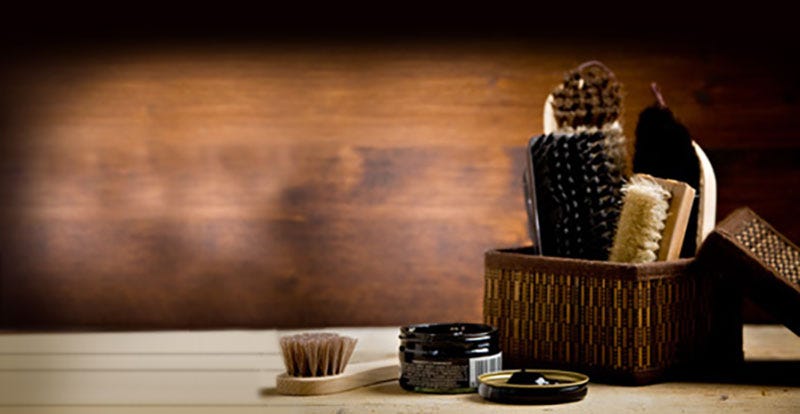
Product Care Guide
It’s important to know how to take care of your pens and leather accessories so that they last as long as possible. A premium quality product can be a lifetime companion and can even be passed down to your children as an heirloom. Superior finishes and materials can require specialist care to ensure they stay looking their best, so we’ve made a product care guide and outlined how to keep your writing instruments and accessories looking as good as possible.

When cleaning, take your time and ensure to remove any articles of jewellery which may scratch or damage the product. Use a sturdy surface covered in a cotton towel as your work bench to help avoid potential mess or accidents (eg. dropping the product). If you are cleaning a ballpoint pen or mechanical pencil, be careful not to get any liquid or cleaning products inside the pen as this can damage the mechanism and stop the pen from working. Fountain pens and rollerball pens can be cleaned inside and out as they do not have any moving parts inside. Just ensure to dry them thoroughly before using again.
METALS
GOLD
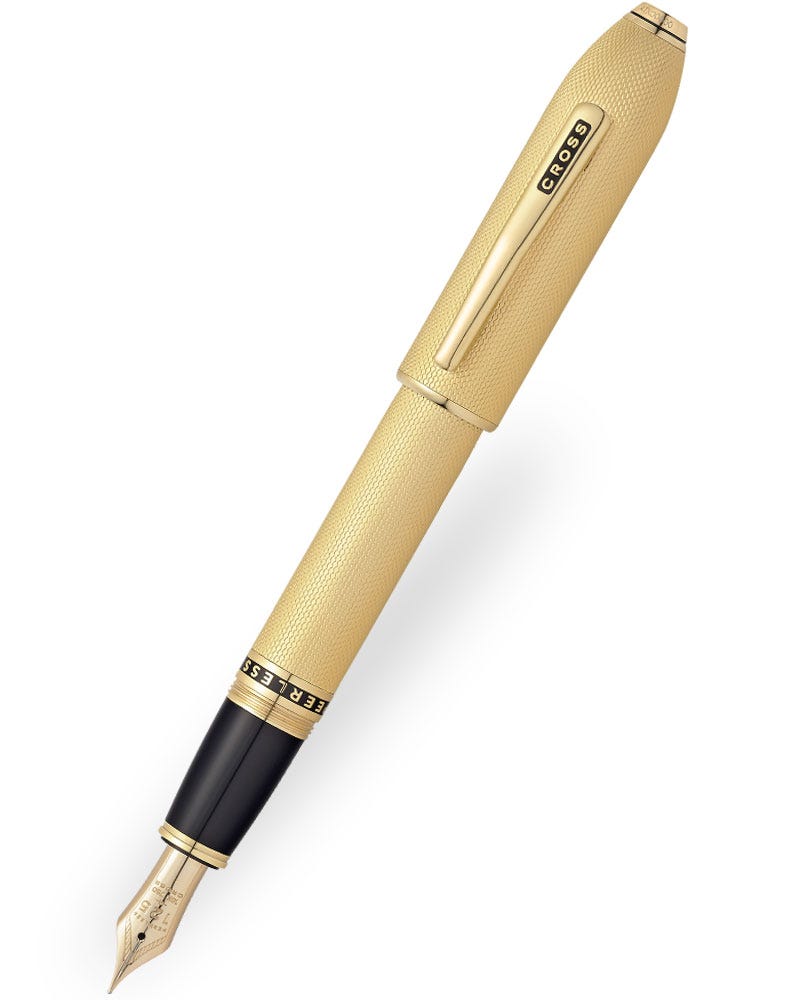 Due to its soft nature, gold is generally used as a plate or a filled & rolled outer for items which see heavy use such as pens.
Due to its soft nature, gold is generally used as a plate or a filled & rolled outer for items which see heavy use such as pens.
- Cleaning gold is easy. Just use warm soapy water and a soft cloth. Rinse with warm water to remove all the suds and then dry thoroughly (again with a soft cloth).
- Try to make sure that your gold pen does not come into contact with lotions, perfumes or moisture. These can cause tarnishing to an otherwise fairly anti-corrosive material.
- As gold is a soft metal, make sure to store it in a pen case to avoid scratches and denting.
SILVER
Sterling Silver is an alloy of silver and other metals (usually Copper) which is used for fine jewellery and writing instruments as it is more durable than Fine Silver. Sterling silver contains at least 92.5% silver (by weight). It is prone to tarnishing and should be polished delicately by hand.
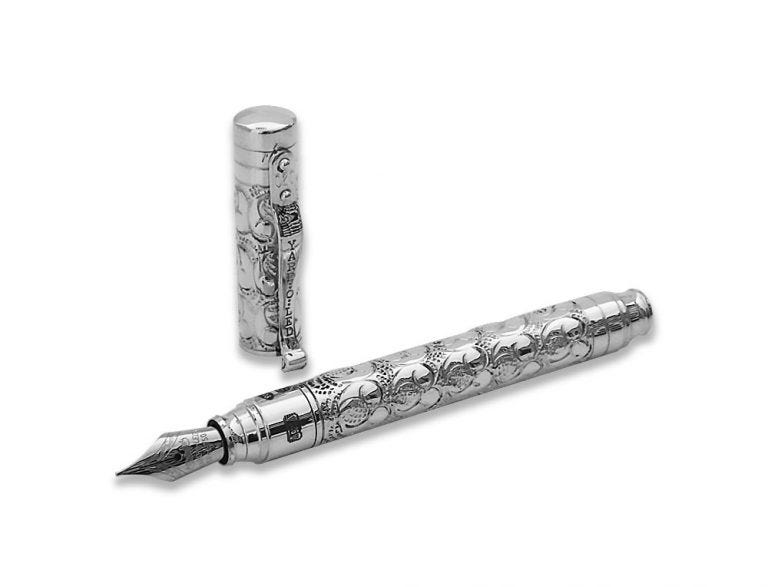 |
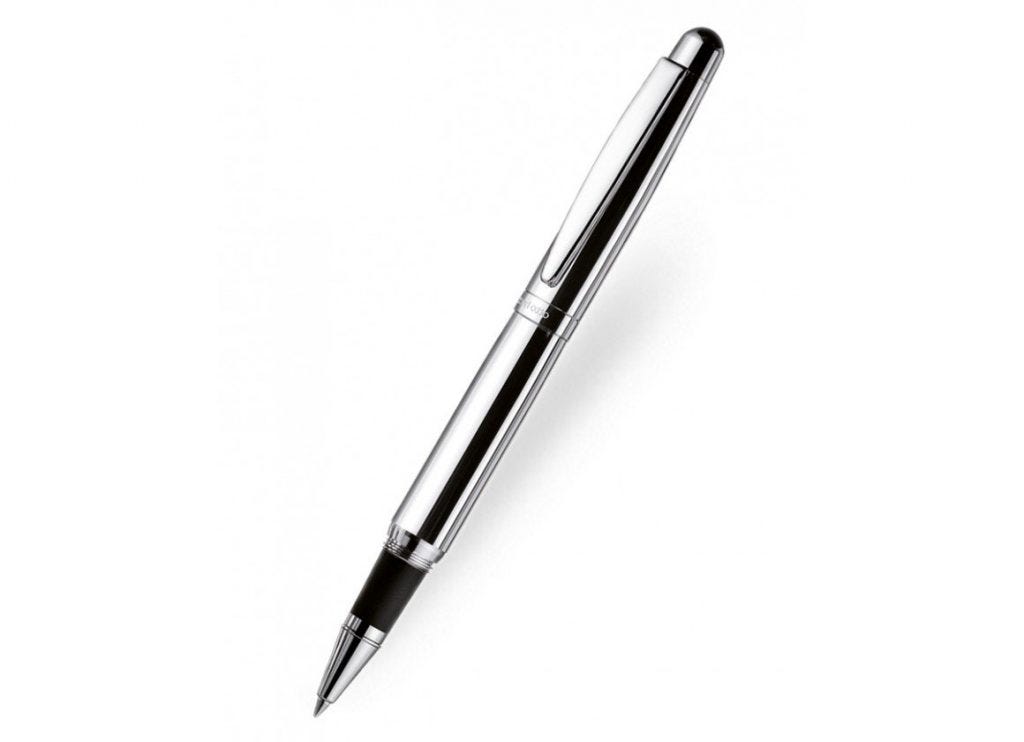 |
- If your silver pen gets dirty (ie. Covered in ink or something sticky) clean it straight away. Using warm water with a soft cloth, clean gently trying to rub as little as possible. For stubborn stickiness avoid the urge to use anything stronger as whilst this may remove the sticky, it may also damage your silver. Dry thoroughly using a soft lint-free cloth; this is an important step as air drying can increase the speed of tarnishing and cause spotting.
- For a pen with intricate detailing, use a tampico (made from the fibres of an Agave plant), hogs hair or horsehair brush to clean it first. These can get into all the smaller areas but are not too abrasive. Do not be tempted to use an old toothbrush or paintbrush, as these could damage the finish.
- When polishing we recommend using Cape Cod Metal Polishing Cloths. These are what our Warehouse uses to polish up our pens. Gently rub the cloth and polish in circular motions to remove the tarnishing, then wipe the polish off whilst still wet. Buff to a shine with a clean soft lint-free cloth.
- Whilst it is tempting to keep your pen pristine, beware of over polishing. Ideally silver should be cleaned as little as possible because the abrasive nature of polish can damage the finish and decorations.
- If you need to store your pen for any length of time, wrap it in acid-free tissue paper, and then place it in a resealable food bag (removing as much air as possible before sealing). This should help prevent the worst of the tarnishing which builds up through oxidisation over time.
- If the pen has been left a long time and is heavily tarnished, we advise to take the pen to a professional for cleaning. It may cost more, but it avoids the risk of spoiling the finish.
PLEASE BE AWARE THAT EVEN TAKING THE BEST PRECAUTIONS IN STORAGE OF AN ITEM WILL NOT COMPLETELY ELIMINATE THE TARNISHING PROCESS AND BUILD UP.
BRASS
Brass is an alloy of Copper and Zinc. This is used for its bright gold-like appearance, whilst being extremely durable and workable, meaning that the metal can be used for almost all aspects of the product made. Most brass will oxidise over time leaving a slight tarnish or patina. We feel that this gives a pleasant aged finish which doesn’t necessarily need to be cleaned.
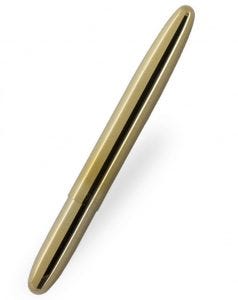 |
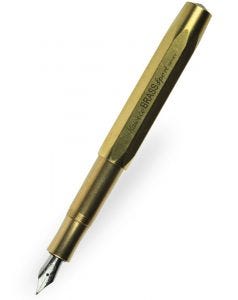 |
-
- If you want to clean your brass to a shine, you can use the Cape Cod Metal Polishing Cloths recommended by us above.
- If you don’t want to stump up for cleaning cloths, a lot of household items can clean your brass in no time. Ketchup is ideal for cleaning brass – just ensure you don’t get it into any of the inner workings of your pen. Spread an even layer of the ketchup onto the pen and wipe off with a damp cloth about an hour later. Et Voila! Clean and sparkly!
- Lemon juice and salt as a scrub or flour with vinegar and water as a paste also work wonders.
OTHER MATERIALS
LEATHER
Used in many luxury items due to its durability and flexible nature, leather comes in many types and styles. The most common leathers are full-grain, top-grain and split grain and vary in quality and finish due to their manufacturing processes. Specific types of leather may need their own treatment and cleaning methods, so it’s best to know what leather you have and research how to care for your product.
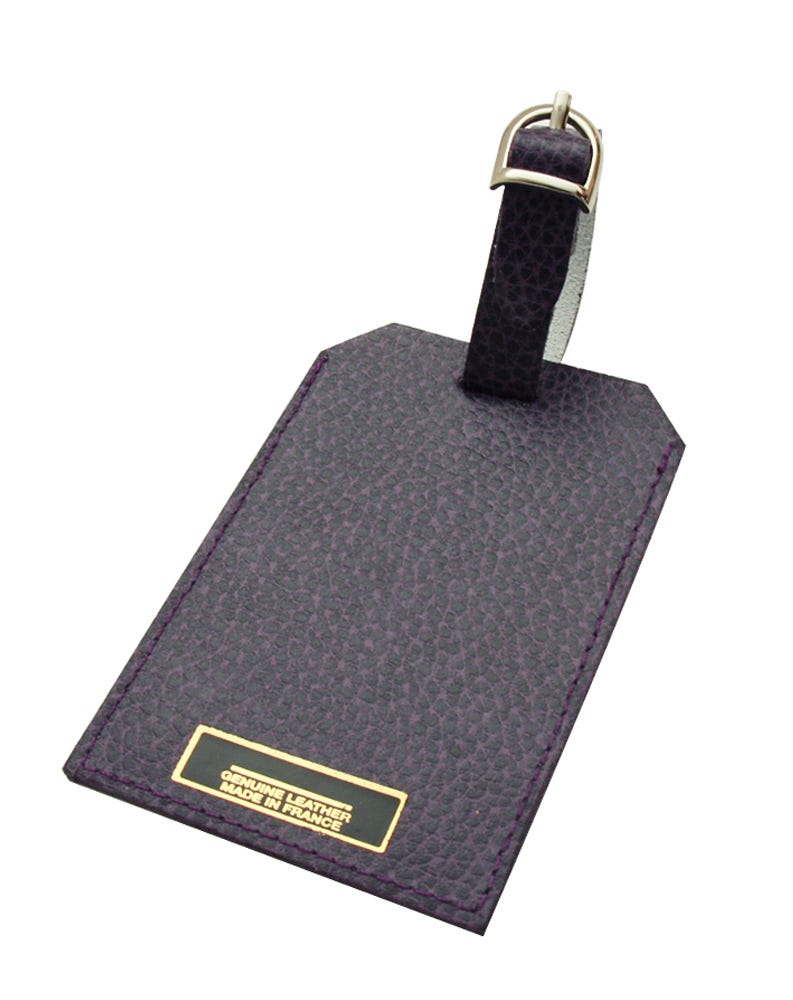 |
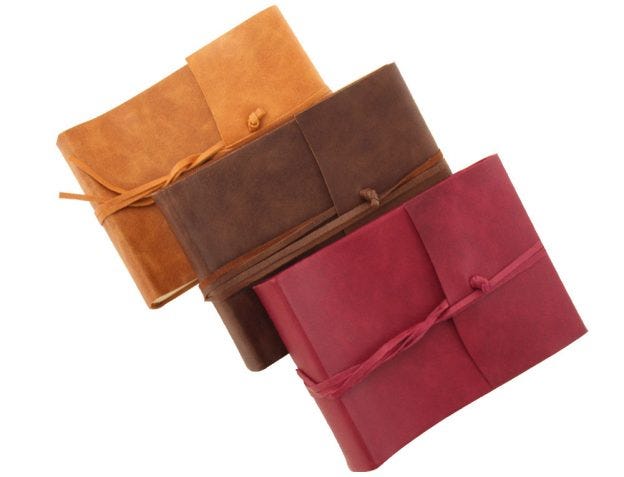 |
-
-
- Brush the leather down at least once a week. This will stop a build-up of dirt and mean you don’t need to use more abrasive cleaners which could damage the leather. Use a soft damp cloth with warm water and work in slow circular motions.
- Always let the leather dry naturally. Heating the leather to make it dry faster can cause cracks and damage.
- Apply a leather conditioner to your product every 3-6 months. This ensures that the leather stays soft and supple. Some leather conditioners also contain wax or a similar product which will help protect the leather from future wear. If the leather product is used a lot (eg. wallet) use the conditioner more regularly than a photo album which may stay boxed in a cupboard for months on end.
- If you have cleaned your leather product, ensure it is fully and completely dry before applying conditioner.
- Don’t overfill your leather wallet. An overstuffed wallet can put stress on the material and seams eventually leading to the wallet falling apart.
-
RESIN
The resin used for pens (generally called precious resin) is usually natural and once collected goes through a complicated process to create a durable and distinctive manufacturing material. Resin products are sturdy and require very little care, but we have a few tips that can help yours look newer for longer. 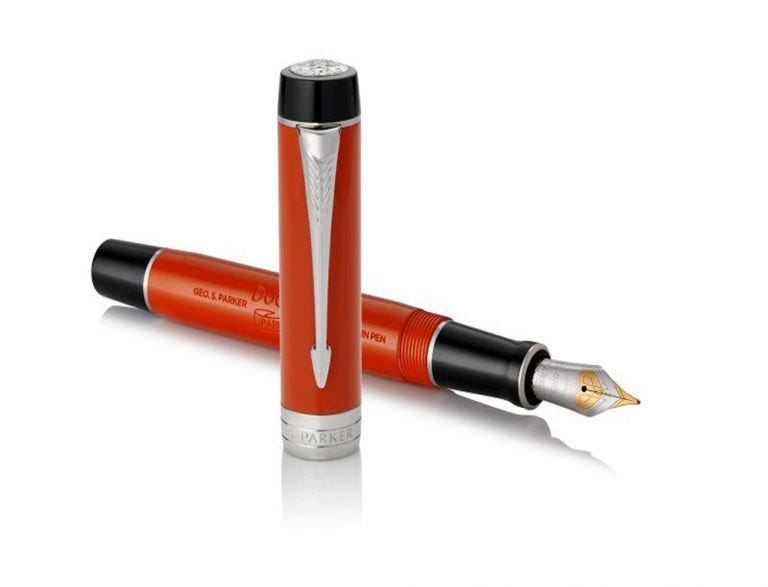
-
-
- Take care to avoid resin from coming into contact with lotions and perfumes.
- Try to keep your resin pen at a steady temperature. Temperature extremes can cause either the resin to become malleable and warp or for cracks and stress fractures to appear in the body.
- Clean by wiping with a soft cloth and warm soapy water before drying thoroughly.
-
WOOD
Many different kinds of wood are used for pens and pencils. Wood is a very reactive product and needs to be looked after to keep it in pristine condition.
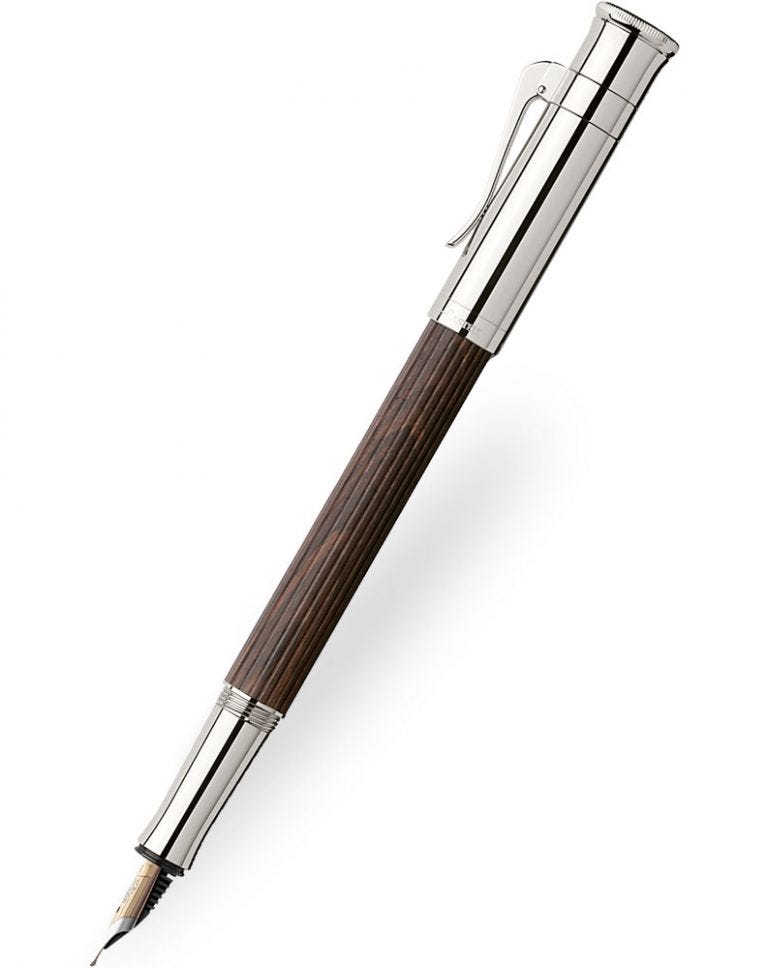 |
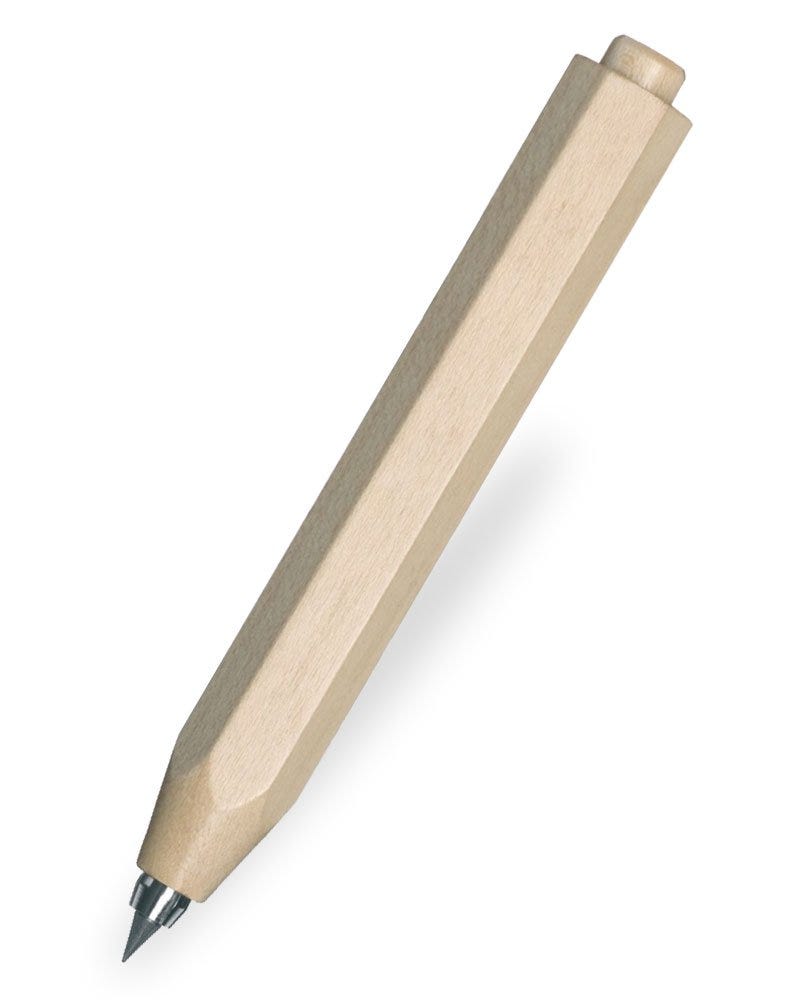 |
-
-
- Clean with warm soapy water and a soft cloth. If you need to scrub off any ground in dirt, clean with the grain of the wood to avoid scratches.
- Try to keep your pen out of direct sunlight and extreme temperatures. Both these can cause stress to the wood and lead to cracks.
- The natural oils in your skin should be sufficient to keep the wood in your pen looking nice as long as you use the pen regularly. If you don’t use it often you may want to consider applying a tiny amount of furniture oil to keep the pen looking its best.
-
Do you have a special way of keeping your writing instruments and accessories looking like new?
We'd love to hear all your product care hints & tips!





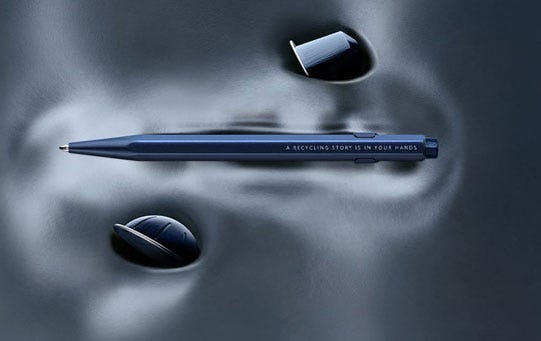
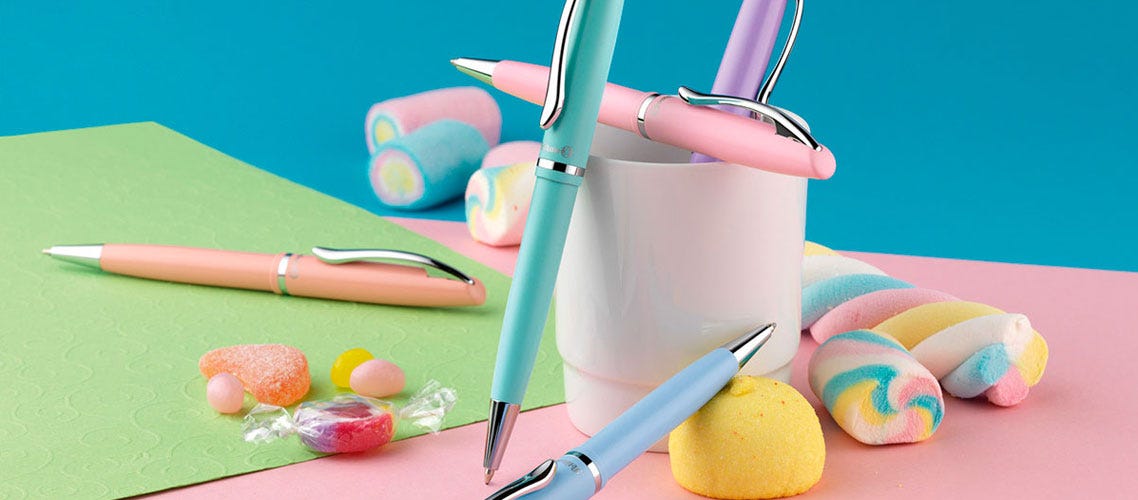
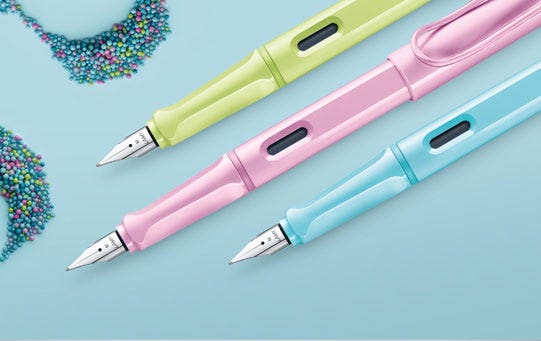
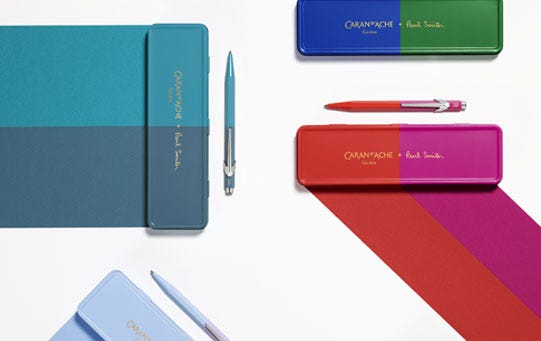

Comments
I have a 1950's Parker Duofold, with an ink sack? Are spares available?
Pen Heaven are a retailer of modern pen ranges only and we don't stock spare parts. You'd need to go to a vintage pen specialist or directly to Parker for further information on historical models and parts.
Pen Heaven are a retailer of modern pen ranges only and we don't stock spare parts. You'd need to go to a vintage pen specialist or directly to Parker for further information on historical models and parts.
I have a 1950's Parker Duofold, with an ink sack? Are spares available?